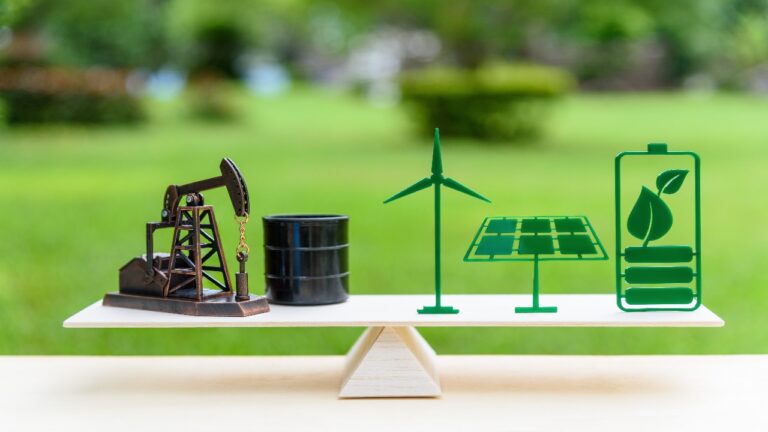This report represents the research and views of the author. It does not necessarily represent the views of the Center on Global Energy Policy. The piece may be subject to further revision. Contributions to SIPA for the benefit of CGEP are general use gifts, which gives the Center discretion in how it allocates these funds. More information is available at Our Partners. Rare cases of sponsored projects are clearly indicated. For a full list of financial supporters of the Center on Global Energy Policy at Columbia University SIPA, please visit our website at Our Partners. See below a list of members that are currently in CGEP’s Visionary Annual Circle.
-
CGEP’s Visionary Annual Circle
-
(This list is updated periodically)
Air Products
Anonymous
Jay Bernstein
Breakthrough Energy LLC
Children’s Investment Fund Foundation (CIFF)
Occidental Petroleum Corporation
Ray Rothrock
Kimberly and Scott Sheffield
Tellurian Inc.
Executive Summary
Methane emissions are second only to carbon dioxide emissions as a driver of human-induced climate change. Moreover, reducing the rate of methane emissions is the fastest and least disruptive way to moderate global temperature rise over the next several decades. The production of fossil fuels—principally coal, oil, and natural gas—is among the main sources of anthropogenic methane. As one of the world’s largest producers of fossil fuels and one of the largest emitters of fossil fuel methane, the Russian Federation is central to methane-mitigation efforts. However, Russia’s own estimates of methane emissions vary greatly from year to year and are at variance with estimates of international data collection and research institutes. As a result of a recent series of large reductions, the self-reported methane emission intensity of the Russian Federation oil and gas industry is now less than that of the U.S. oil and gas industry. If taken at face value, this estimate would make Russia a preferred provider of oil, gas, and petroleum products to importers sensitive to the upstream greenhouse gas emissions of their suppliers. Satellite-based, national-level estimates of Russian methane emissions are available, but the error bars are large and attributions to specific economic sectors unreliable. Satellites are more reliable in characterizing plume events, but the measurements are insensitive and account for only a small fraction of total emissions. Coal mine methane emissions are easier to characterize but harder to remediate than emissions from oil and gas sources. If Russia seeks to play a constructive role in climate change mitigation, it will need to collect accurate, quantitative information about the state of its emissions and introduce monitoring systems. It will also need to implement prudent mitigation measures.
This report starts with an introduction to the sources of natural and anthropogenic methane and an explanation of why the fossil fuel industries in general and the Russian fossil fuel industries in particular have received a disproportionate share of interest. It then describes the difference between bottom-up and top-down measurements; reviews the reports of methane emissions in Russia and the United States, pointing out similarities and contrasts in methodology and consistency; and explores the capabilities and limitations of satellite-based measurements. The report then discusses how methane emissions from the fossil fuel industries can be mitigated with a two-part program before finally addressing policy issues with respect to styles of regulation.
Although the focus of this report is the Russian Federation, many practices described here are common internationally, including in the United States. Therefore, this report’s descriptions of the current practices, capabilities, and limitations of various methods of estimating and mitigating methane emissions have general applicability. Similarly, recommendations for improvement and discussions of policy have global applications.





